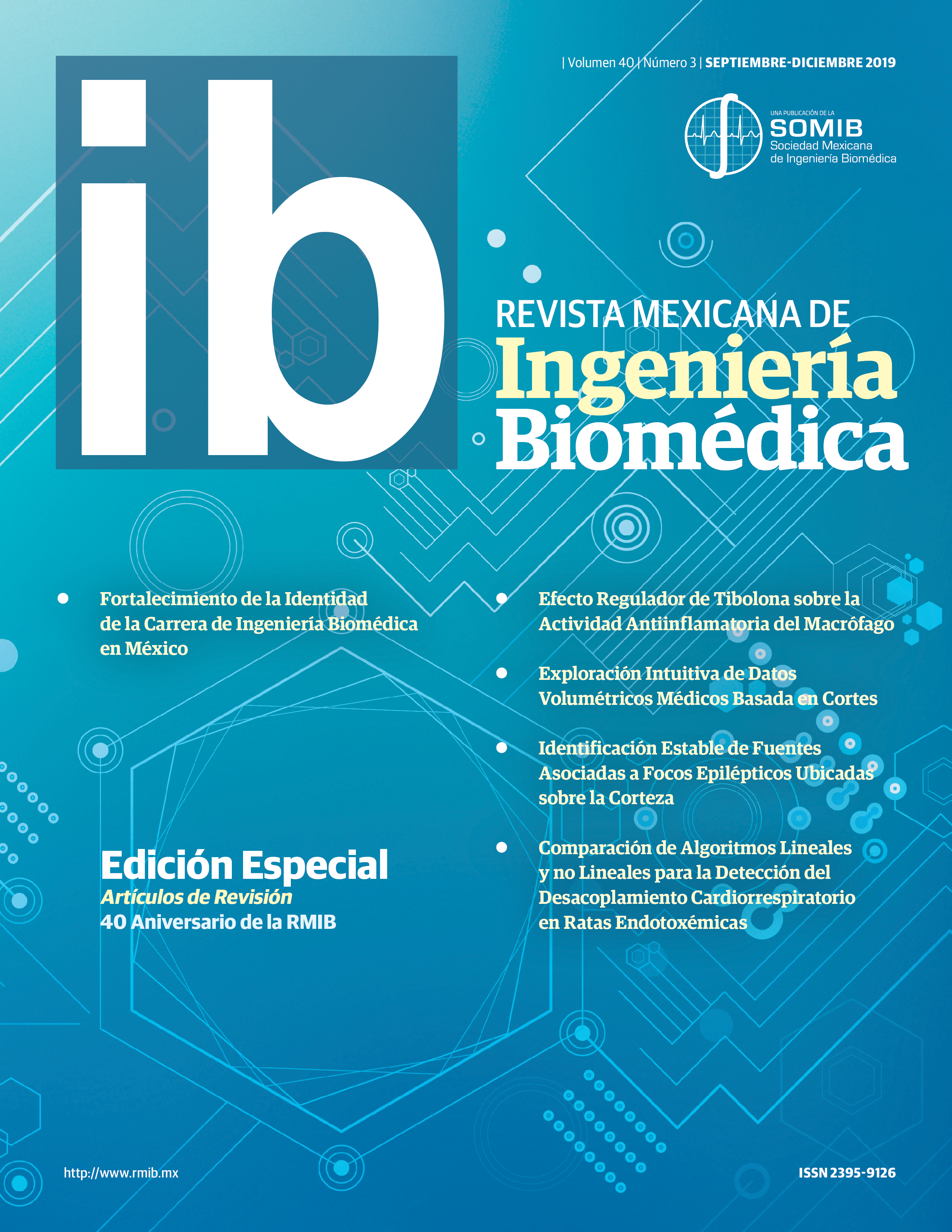Intuitive Slice-based Exploration of Volumetric Medical Data
DOI:
https://doi.org/10.17488/RMIB.40.3.3Keywords:
Medical Imaging, medical volumetric data, intuitive interface, augmented realityAbstract
Medical imaging technologies have become an essential component in different areas related to health care. Volume visualization (VV) of medical data is an invaluable support in tasks such as clinical diagnosis, treatment planning, surgery rehearsal, education, and research. Several algorithms and systems have been developed to enable the vi- sualization and interaction with volumetric data. Slice-based visualization methods dominate the field of medical volumes scanning since they allow more detailed analysis of the data. However, an intensive training is usually re- quired for the user to be able to effectively explore the data. In this paper, we present novel a slice-based methodo- logy which objective is to facilitate the exploration of medical volumetric data. The proposed method consist of the use of augmented reality principles to determine the spatial position and orientation of rigid planar objects within a defined space in the real-world which represents the medical volumetric information. The results obtained by a usability study indicate the feasibility of employing this technique for a natural human-computer interaction with the medical data, having the potential of making the process of medical volume exploration more easy and intuitive.
Downloads
Downloads
Published
How to Cite
Issue
Section
License
Copyright (c) 2019 V. Ocegueda-Hernández, E. G. Mendizábal-Ruiz

This work is licensed under a Creative Commons Attribution-NonCommercial 4.0 International License.
Upon acceptance of an article in the RMIB, corresponding authors will be asked to fulfill and sign the copyright and the journal publishing agreement, which will allow the RMIB authorization to publish this document in any media without limitations and without any cost. Authors may reuse parts of the paper in other documents and reproduce part or all of it for their personal use as long as a bibliographic reference is made to the RMIB. However written permission of the Publisher is required for resale or distribution outside the corresponding author institution and for all other derivative works, including compilations and translations.








